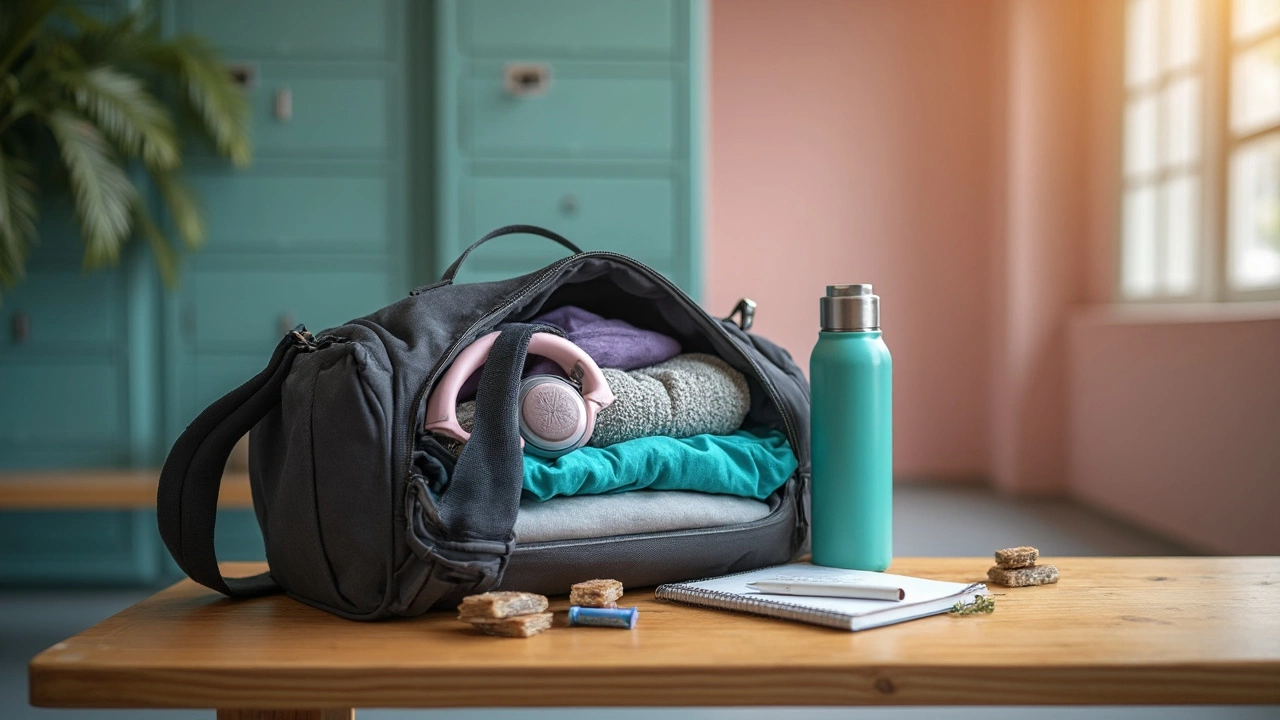Fitness Session Guide: Get the Most Out of Every Workout
Looking for a fitness session that actually moves the needle? You’re in the right spot. Whether you’re chasing weight loss, better mood, or stronger muscles, the right session can make a huge difference. Below you’ll find plain‑spoken advice on picking a session, what to bring, and how to keep progress steady.
Choosing the Right Session for Your Goals
First, ask yourself what you want. Want to torch calories fast? High‑Intensity Interval Training (HIIT) is the go‑to. A 20‑minute HIIT blast can burn more fat than hours of steady‑state cardio, thanks to the after‑burn effect. If you prefer a steadier pace, 30 minutes of jogging or cycling still delivers solid cardio benefits without the high‑intensity spikes.
Looking to build strength without a gym? Bodyweight circuits, the 15‑15‑15 routine, and the 4/30/10 method let you work muscles at home with just a mat. Pair a few squat‑push‑lunge combos and you’ve got a full‑body session that fits into a lunch break.
Yoga fans wonder if a mat session can count as a real fitness workout. The answer is yes—when you focus on power poses, flow sequences, and breath‑linked strength moves, yoga improves flexibility, core stability, and even cardio endurance. A 20‑minute daily yoga flow can be enough to see noticeable changes.
For runners, the 80/20 training method helps you balance easy mileage with intense speed work. It’s a science‑backed way to boost speed while keeping injury risk low. If you’re new to running, aim for the healthiest weekly distance—usually 20‑30 km for beginners and 40‑50 km for seasoned runners.
Practical Tips to Boost Your Session
Show up prepared. A water bottle, a towel, and a quick warm‑up (like arm circles and leg swings) shave off injury risk. If you’re using equipment, choose tools that match your space and budget. A sturdy pair of dumbbells, a resistance band, or a basic pull‑up bar can turn a living‑room corner into a mini‑gym.
Track your effort. Simple wearables—like a fitness tracker—give you heart‑rate zones and step counts, helping you stay in the right intensity range. Even a phone app that logs minutes and perceived effort does the trick.
Mix it up. Your body adapts quickly, so swapping cardio, strength, and yoga every week prevents plateaus. For example, do HIIT on Monday, a yoga flow on Wednesday, and a strength circuit on Friday.
Nutrition matters too. A smart breakfast—protein‑rich with a bit of healthy fat—kick‑starts metabolism and fuels your session. Skip sugary cereals; opt for Greek yogurt with berries or a veggie‑egg scramble.
Recovery is non‑negotiable. A 5‑minute cool‑down, some gentle stretching, and a good night’s sleep let muscles rebuild stronger. If you notice lingering soreness, a brief foam‑roll or a gentle head massage can speed up recovery.
Finally, set realistic milestones. Want to lose 20 pounds? Pair cardio (like a mix of HIIT and steady‑state runs) with a balanced diet, and you’ll see steady progress. Tracking weight loss every two weeks keeps motivation high without obsessing over daily fluctuations.
Whatever your fitness session looks like, consistency beats perfection. Show up, move, adjust, and enjoy the process. Over time you’ll notice stronger muscles, clearer skin, and a calmer mind—proof that a well‑chosen fitness session truly works.

What Should I Bring to a Personal Training Session? Your Ultimate Checklist
Maeve Larkspur Apr 30 0Wondering what to pack for a personal training session? This guide breaks down all the must-have items for getting the most out of your workout, including gear, snacks, and unexpected essentials. No guesswork, no overwhelm—just a straight-up list and helpful tips so you show up ready. Discover easy hacks for keeping your stuff organized and tips that real trainers wish you'd know before hitting the gym.
More Detail